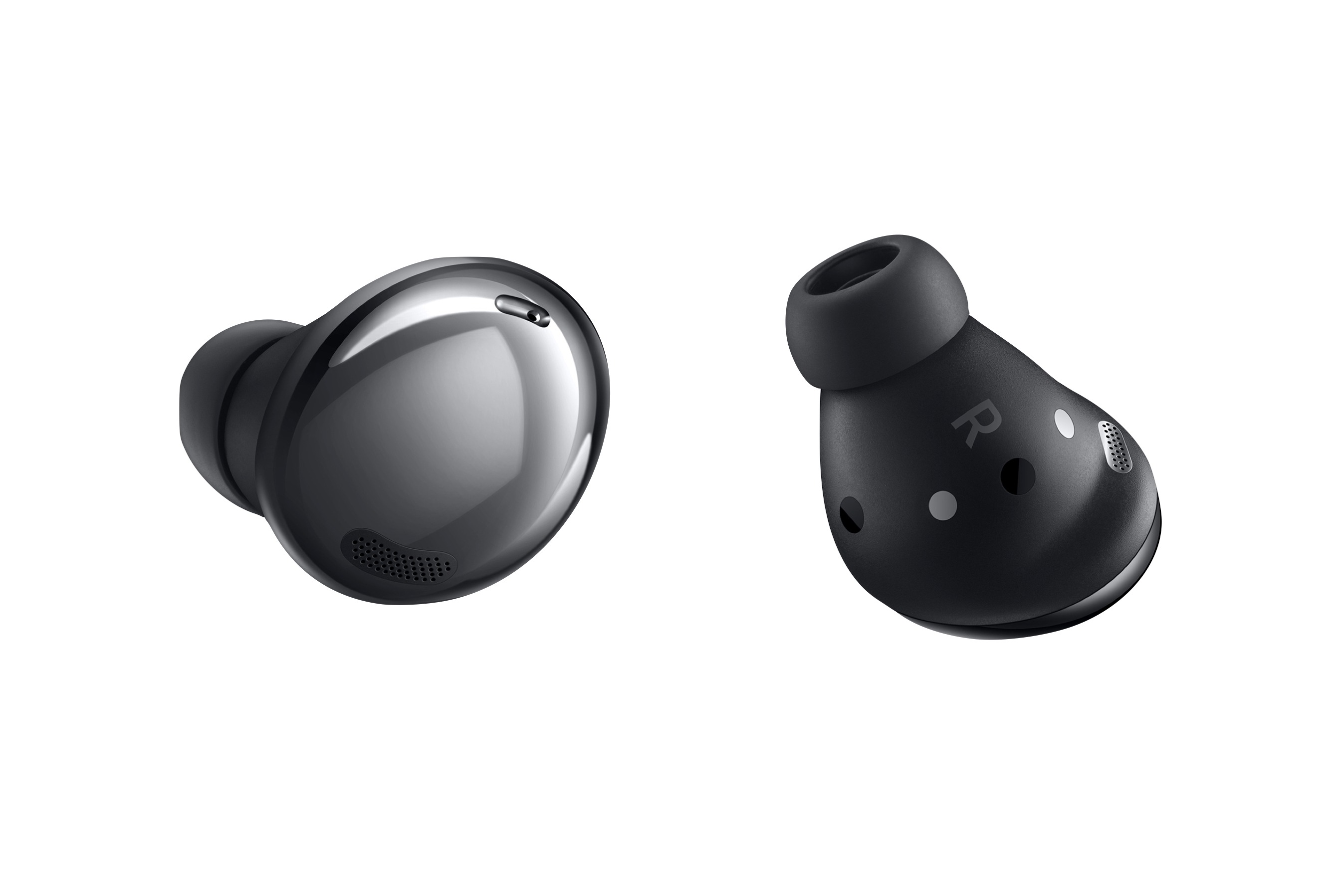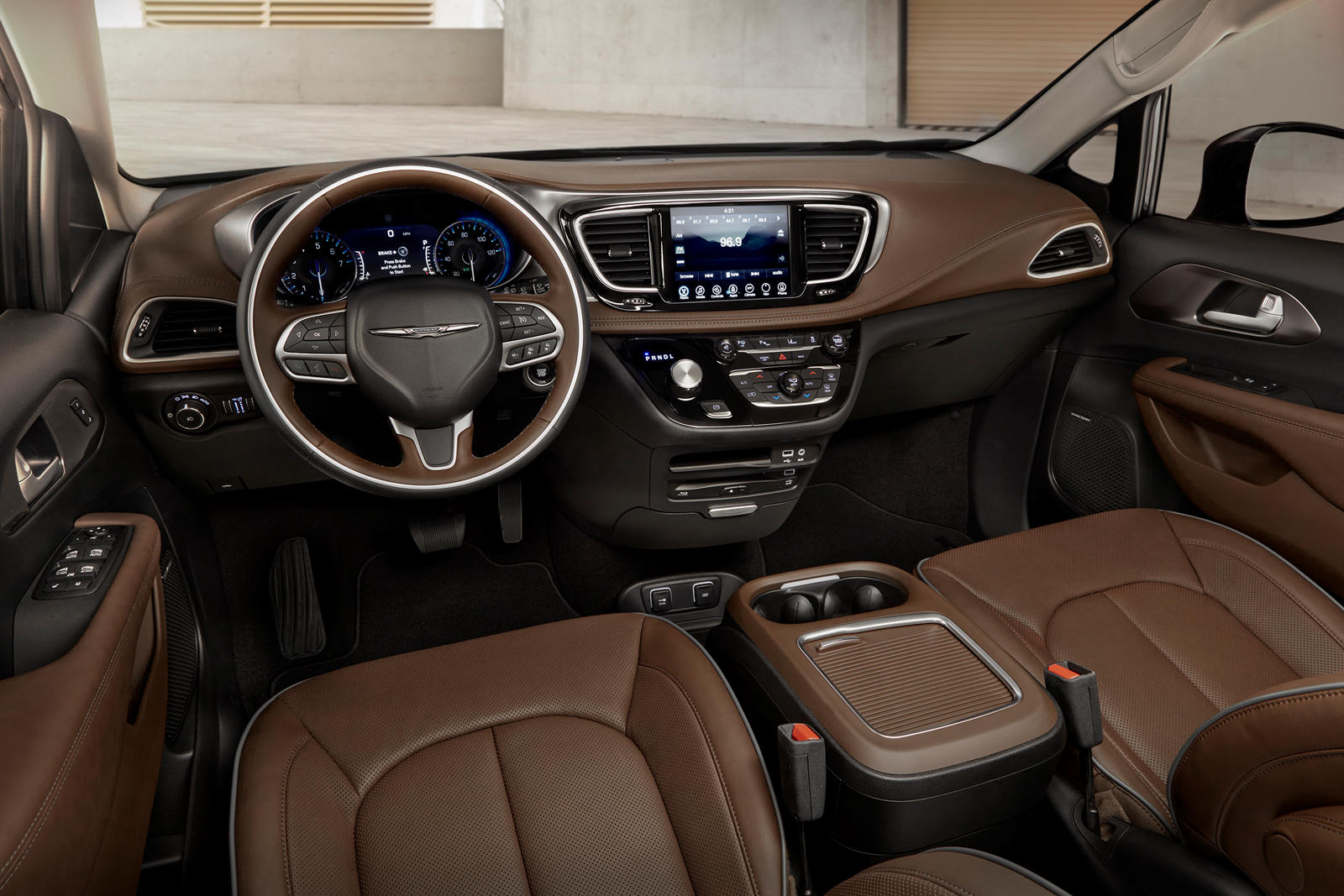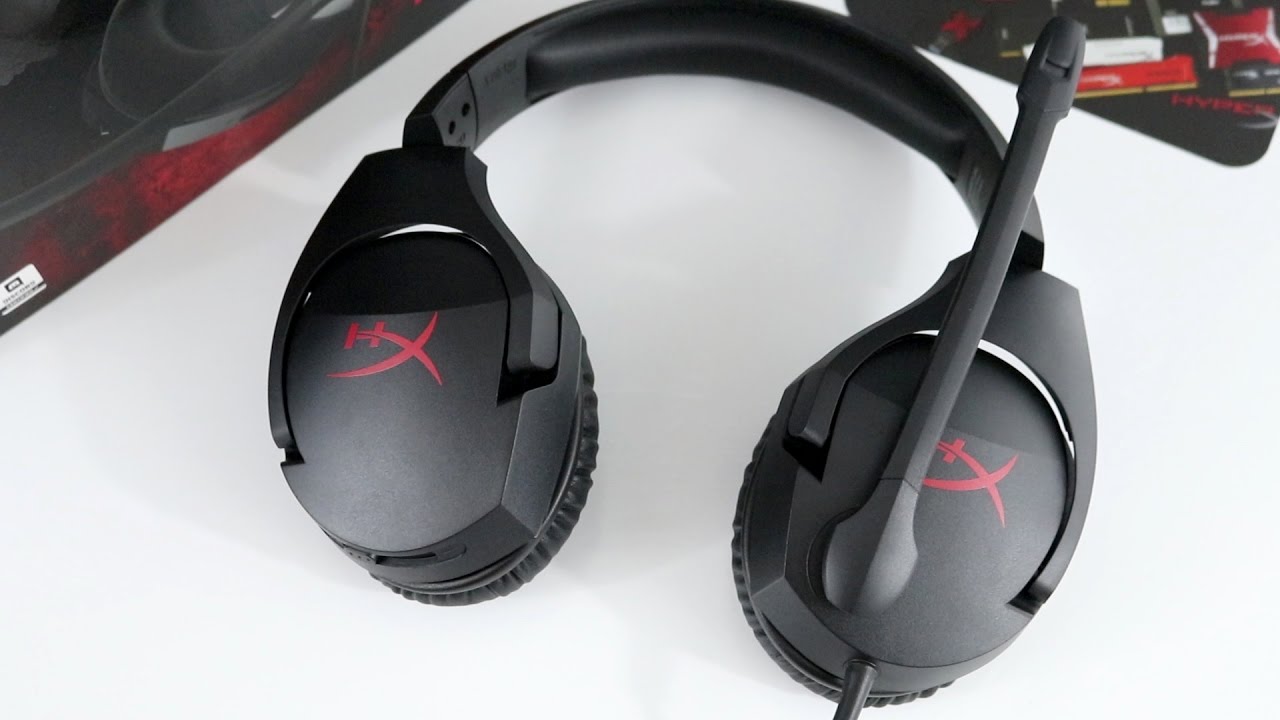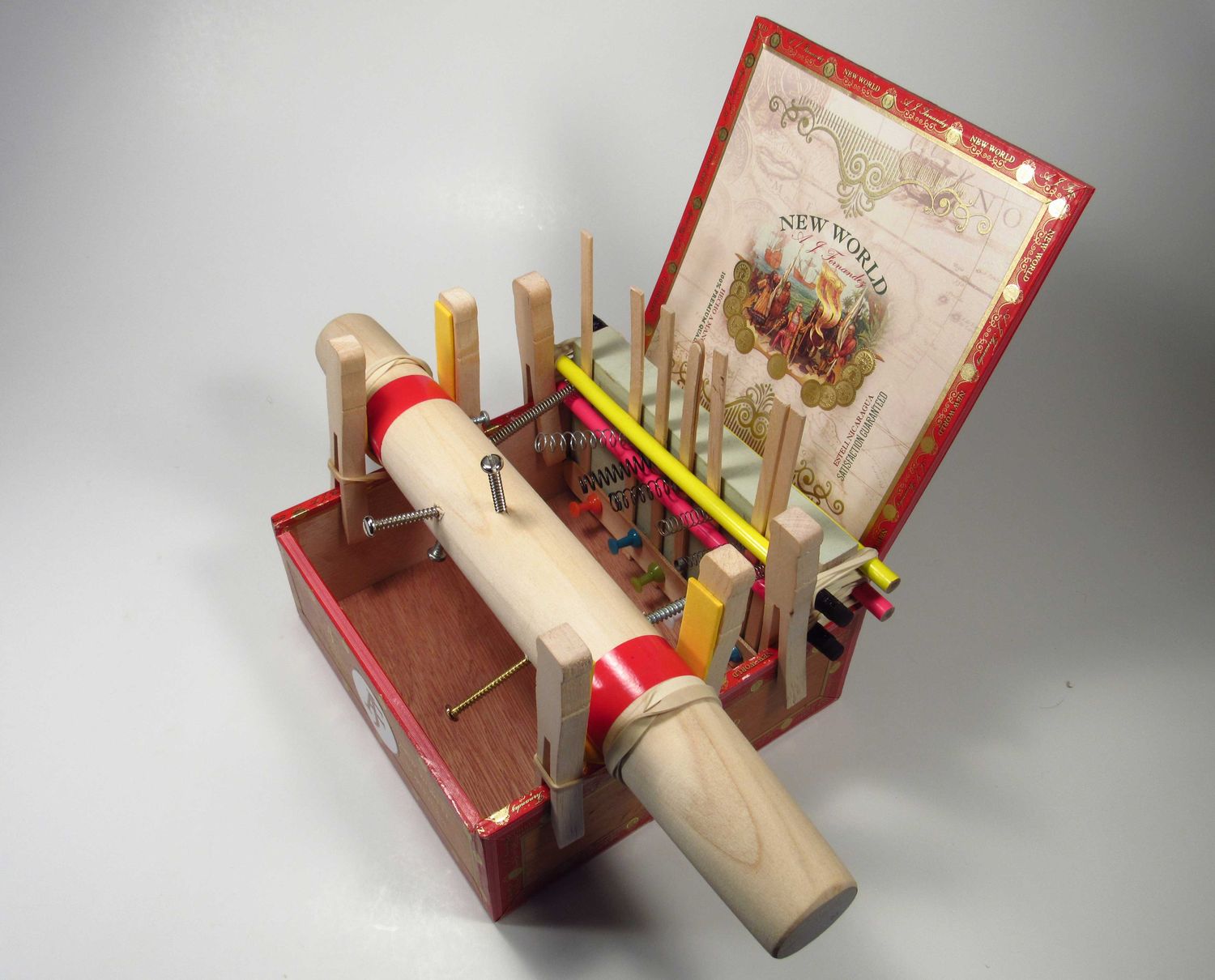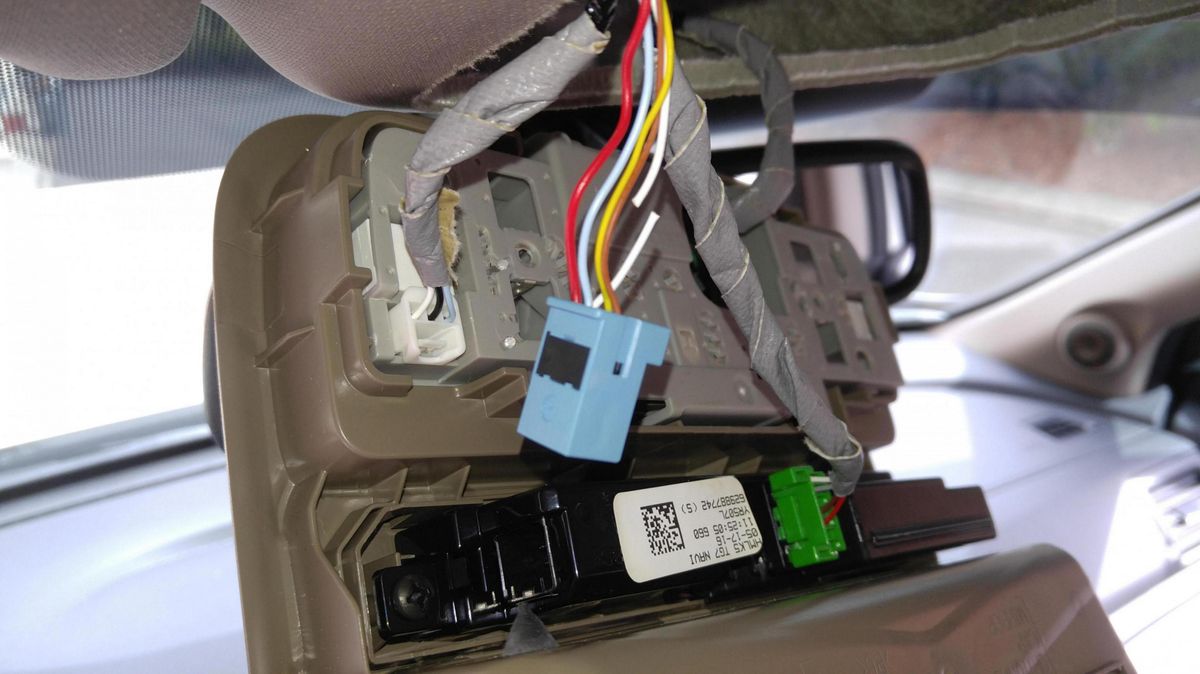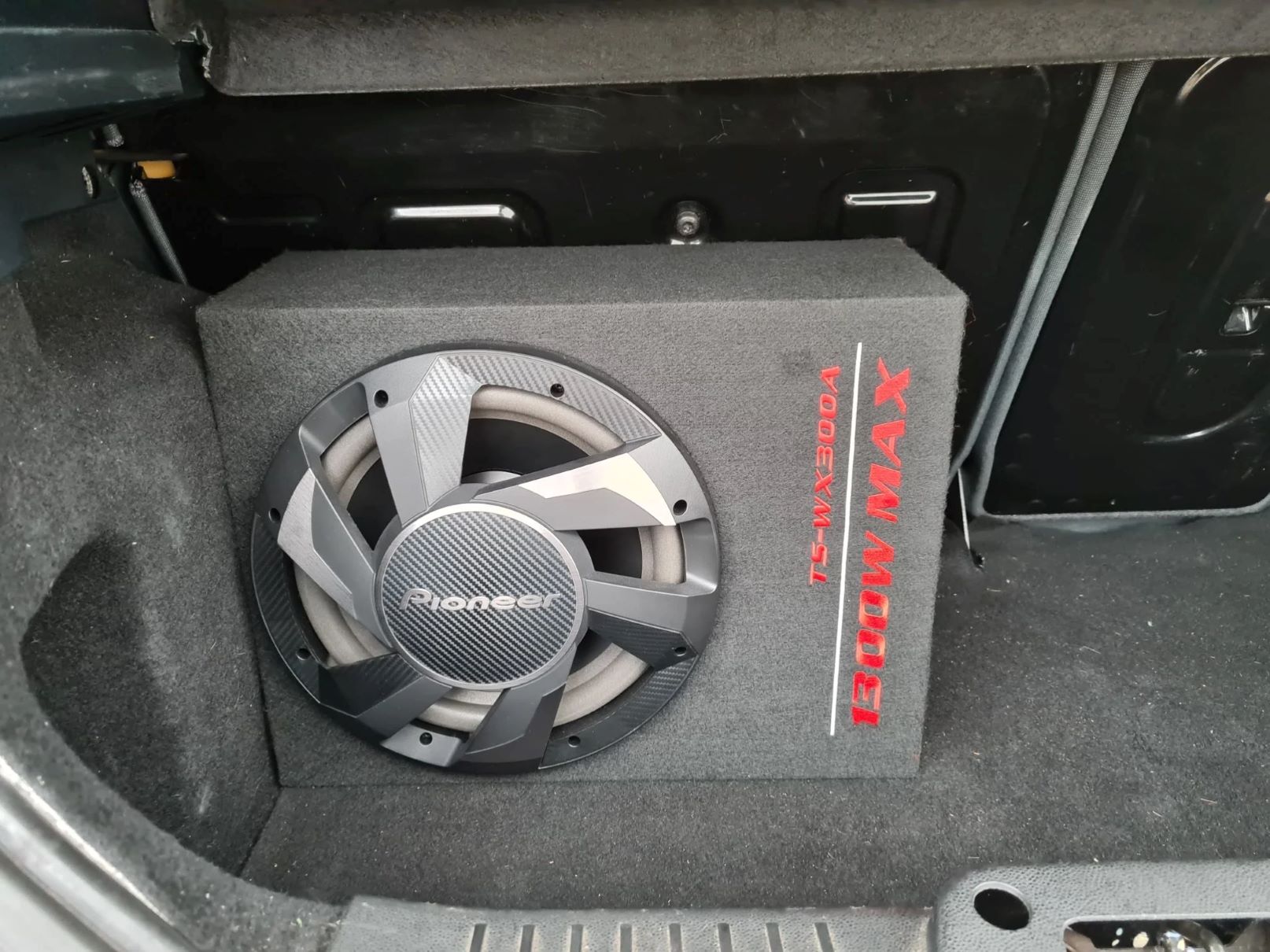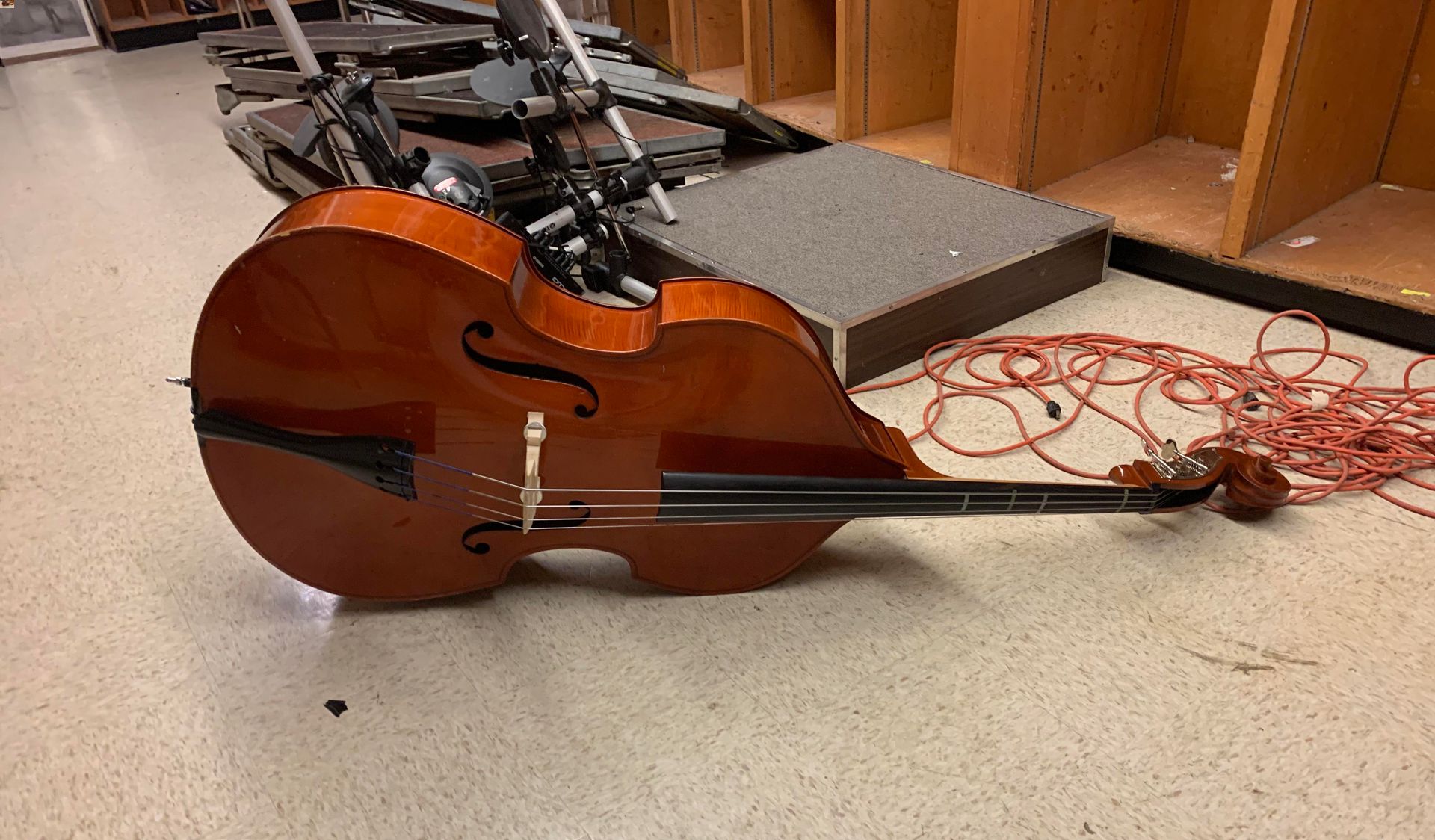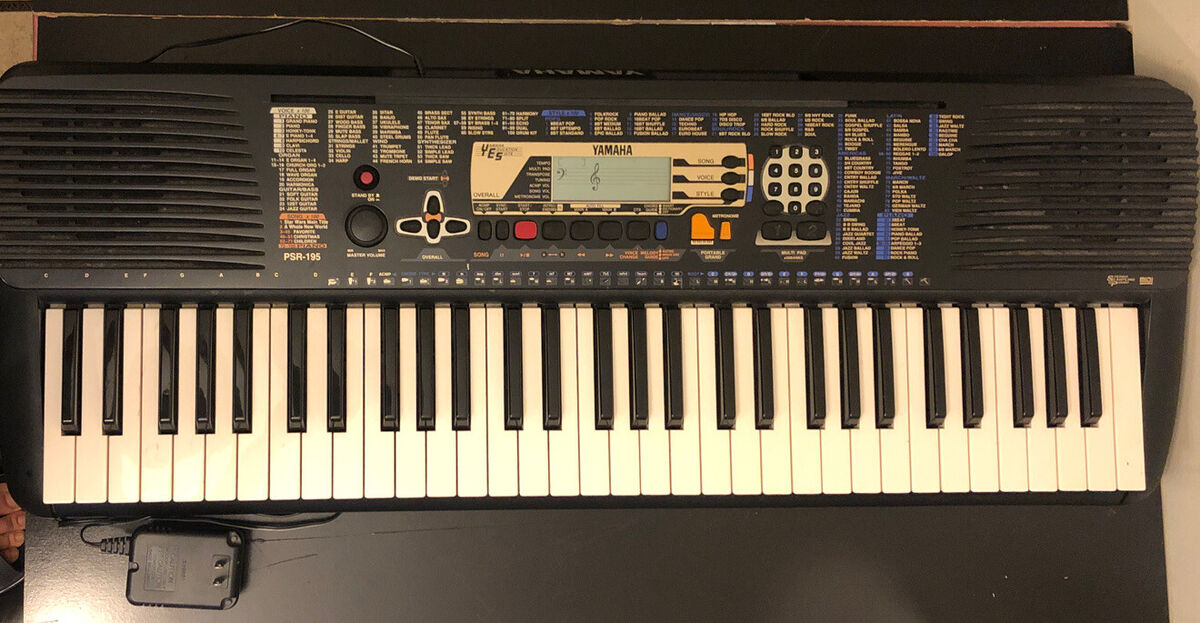Home>Production & Technology>Noise Cancellation>How Much Does It Cost To Make An Active Noise Cancellation


Noise Cancellation
How Much Does It Cost To Make An Active Noise Cancellation
Modified: January 22, 2024
Discover the cost of creating an Active Noise Cancellation system and enjoy a peaceful environment with our expert solutions. Find out more!
(Many of the links in this article redirect to a specific reviewed product. Your purchase of these products through affiliate links helps to generate commission for AudioLover.com, at no extra cost. Learn more)
Table of Contents
Introduction
With the hustle and bustle of everyday life, finding moments of peace and tranquility can be a challenge. Whether you’re commuting to work, working in a noisy office, or trying to relax on a crowded flight, unwanted background noise can be incredibly distracting. This is where active noise cancellation comes in.
Active noise cancellation, also known as ANC, is a technology that uses a combination of advanced algorithms and hardware to reduce or eliminate ambient sounds. By detecting incoming sounds and generating inverse sound waves, ANC can effectively cancel out unwanted noise, allowing you to enjoy a more immersive and peaceful experience.
But how much does it actually cost to make an active noise cancellation system? In this article, we will delve into the components required for active noise cancellation, break down the cost of these components, discuss research and development expenses, manufacturing costs, and provide an estimation of the total cost. Additionally, we will explore the factors that influence the cost of active noise cancellation systems and potential cost-saving strategies.
Before diving into the costs, it’s important to understand the key components required for active noise cancellation. These components include:
- Microphone(s): These are used to capture the ambient sound around the user.
- Processor: The processor analyzes the input from the microphones and generates inverse sound waves to cancel out the unwanted noise.
- Speakers: The speakers emit the inverse sound waves to cancel out the ambient noise.
- Power source: Active noise cancellation systems require power to function, typically provided by a rechargeable battery.
Now that we have an overview of the necessary components, let’s discuss the cost breakdown of each.
Components required for active noise cancellation
A successful active noise cancellation system relies on several key components working together seamlessly. These components are essential to capture, process, and eliminate unwanted background noise, allowing users to enjoy a more immersive and focused experience. Let’s take a closer look at each component:
- Microphone(s): Microphones play a vital role in active noise cancellation by capturing the ambient sounds around the user. They are strategically placed to pick up specific frequencies and patterns of unwanted noise. These microphones must have high sensitivity and low distortion to accurately capture the surrounding sounds.
- Processor: The processor is the brain of the active noise cancellation system. It analyzes the input from the microphones and generates inverse sound waves that cancel out the unwanted noise. The processor utilizes advanced algorithms to analyze the sound frequencies and patterns, providing real-time feedback to create the inverse sound waves efficiently.
- Speakers: The speakers play a crucial role in delivering the inverse sound waves to the user’s ears. They emit sound waves that are perfectly out of phase with the ambient noise, effectively canceling it out. The speakers must be of high quality and have the capability to reproduce a wide range of frequencies accurately.
- Power source: Active noise cancellation systems require a reliable power source to function. This power source is typically a rechargeable battery that provides sufficient power for the system to operate for extended periods. The battery must have a long life and be lightweight to ensure user comfort.
Additionally, there may be other components that contribute to the overall performance and functionality of an active noise cancellation system. These can include control interfaces, amplifiers, and various sensors to optimize the noise cancellation process.
It’s important to note that the quality and specifications of these components can vary significantly, impacting the effectiveness and cost of the active noise cancellation system. Higher-end systems often utilize advanced technology and more expensive components to achieve superior noise cancellation performance.
Now that we have explored the components required for active noise cancellation, let’s delve into the cost breakdown of each component in the next section.
Cost breakdown of components
When it comes to the cost of active noise cancellation systems, the components involved play a significant role. Each component has its own price range depending on the quality, brand, and specifications. Let’s break down the costs of the key components:
- Microphone(s): The cost of microphones used in active noise cancellation systems can vary widely. Entry-level microphones can cost around $5 to $20 per unit. However, higher-quality microphones with better sensitivity, noise reduction capabilities, and higher frequency response can range from $50 to $150 per unit.
- Processor: The processor is one of the critical components responsible for the effectiveness of active noise cancellation. The cost of processors can vary greatly depending on the complexity and performance requirements. Entry-level processors may range from $10 to $30, while more advanced processors with advanced algorithms and features can cost anywhere from $50 to $200 per unit.
- Speakers: The cost of speakers for active noise cancellation systems is influenced by factors such as size, sound quality, frequency response, and overall performance. Basic speakers can range from $10 to $30 per pair. High-quality speakers designed specifically for noise cancellation purposes can cost between $50 and $150 per pair.
- Power source: Rechargeable batteries are commonly used as the power source for active noise cancellation systems. The cost of batteries depends on factors such as capacity, technology, and brand. Prices for rechargeable batteries can range from $5 to $30 or more per unit based on their capacity and quality.
It’s important to note that these cost ranges are rough estimates and can vary depending on market conditions, the manufacturer’s pricing strategy, and the overall complexity of the active noise cancellation system. Additionally, when purchasing components, bulk orders and partnerships with suppliers can often lead to cost savings.
Aside from the key components mentioned above, there may also be additional costs involved in sourcing and integrating other necessary components, such as control interfaces, amplifiers, and sensors. These costs will depend on the specific requirements and desired functionalities of the active noise cancellation system.
Next, let’s discuss the research and development expenses associated with active noise cancellation systems.
Research and development expenses
Developing an active noise cancellation system requires extensive research and development (R&D) efforts to ensure optimal performance and user experience. These expenses are a significant part of the overall cost of bringing such a technology to the market. Let’s explore the various factors contributing to the research and development expenses:
Technology Innovation: Active noise cancellation technology is continuously evolving, with new advancements aimed at improving noise reduction capabilities, energy efficiency, and user comfort. Investing in R&D allows companies to stay ahead of the competition by developing innovative algorithms, hardware designs, and software solutions.
Testing and Prototyping: Rigorous testing and prototyping are crucial during the development phase to fine-tune the active noise cancellation system’s performance. This entails creating multiple prototypes, conducting extensive testing in various environments, and analyzing the results to make necessary adjustments and improvements. These testing costs can include professional testing facilities, equipment, and personnel.
Human Factors Research: Understanding user preferences and comfort is essential in designing an active noise cancellation system that meets the needs of the target market. Human factors research involves conducting surveys, user studies, and ergonomic evaluations to gather feedback and insights, which then inform design decisions and improvements.
Intellectual Property: Developing a cutting-edge active noise cancellation system may involve obtaining patents for unique technologies or designs. These intellectual property expenses include legal fees, patent registration costs, and ongoing maintenance fees to protect the company’s innovation and prevent unauthorized use or replication by competitors.
Collaborations and Partnerships: Collaborations with research institutions, universities, and other industry partners can lead to valuable insights, access to specialized knowledge, and shared resources. These collaborations often involve collaboration agreements, joint research projects, and licensing agreements, which may incur associated costs.
It’s important to note that research and development expenses can vary significantly depending on the complexity of the active noise cancellation system, the level of innovation required, and the company’s R&D capabilities. These expenses are typically factored into the overall costing of the product and play a vital role in determining the final price of the active noise cancellation system.
Now that we have covered the research and development expenses, let’s move on to discussing the manufacturing costs involved.
Manufacturing costs
Once the research and development phase is complete, the active noise cancellation system moves into the manufacturing stage. Manufacturing costs encompass the expenses associated with producing the components and assembling them into a final product. Let’s explore the various factors contributing to the manufacturing costs:
Component Production: The production of each component, such as microphones, processors, speakers, and power sources, incurs costs. These costs include raw material procurement, machining or fabrication processes, quality control measures, and assembly expenses. The cost of manufacturing each component can vary based on the complexity, volume, and technology involved.
Assembly and Integration: Once all the individual components are ready, they need to be assembled and integrated into the final active noise cancellation system. Assembly costs include labor, specialized equipment, and quality assurance processes to ensure the components are properly connected and function as intended. This step requires skilled technicians and efficient assembly lines to maximize productivity and maintain product consistency.
Packaging: Packaging is an important part of the manufacturing process as it protects the active noise cancellation system during transportation and provides an appealing presentation for consumers. Packaging costs include the design and production of boxes, inserts, user guides, and any additional branding or labeling requirements.
Quality Control: Quality control measures are crucial in ensuring the active noise cancellation systems meet the desired standards of performance, reliability, and safety. Testing each unit for functional integrity, sound quality, and durability incurs costs for equipment, personnel, and testing procedures. Quality control procedures can range from basic visual inspections to comprehensive sound tests and stress testing.
Logistics and Distribution: Once the active noise cancellation systems are manufactured and packaged, they need to be transported to distribution centers or directly to retailers. Logistics costs include shipping, handling, warehousing, and distribution expenses. The complexity of the distribution network, distance, and volume of units shipped can impact these costs.
It’s important to note that manufacturing costs can vary based on factors such as the production volume, manufacturing location, complexity of the active noise cancellation system, and the efficiency of the manufacturing processes. Streamlining production processes, implementing automation where possible, and optimizing supply chain management can help reduce manufacturing costs.
Now that we have discussed the manufacturing costs, let’s move on to estimating the total cost of producing an active noise cancellation system.
Total cost estimation
Estimating the total cost of producing an active noise cancellation system involves considering the costs of components, research and development, and manufacturing. While the exact cost can vary depending on various factors, including the specifications and quality of the system, we can provide a rough estimation of the total cost involved.
Let’s assume we are considering a mid-range active noise cancellation system with decent performance and quality. Based on industry standards and market trends, the total cost can range from $50 to $300 per unit. This estimation includes the costs of components, research and development, and manufacturing.
The components, including microphones, processors, speakers, and power sources, can account for approximately 30% to 50% of the total cost. Research and development expenses can range from 10% to 30%, considering the investment in technology innovation, testing, prototyping, human factors research, and intellectual property. Manufacturing costs, which encompass component production, assembly, packaging, quality control, and logistics, can amount to 20% to 40% of the total cost.
It is important to note that these estimations are based on average industry standards and may vary depending on the specific circumstances, such as the scale of production, the level of innovation, and the overall performance expectations of the active noise cancellation system.
Factors such as economies of scale, supplier negotiations, and production efficiency can influence the actual cost. Additionally, customization, branding, and additional features can add to the overall cost of producing an active noise cancellation system.
Understanding the total cost involved in producing active noise cancellation systems is crucial for manufacturers and consumers alike. Manufacturers need to determine pricing strategies that cover expenses and provide competitive pricing, while consumers can make informed decisions based on the value and quality offered at different price points.
Now that we have estimated the total cost, let’s explore the factors that influence the cost of active noise cancellation systems in the next section.
Factors influencing the cost of active noise cancellation
The cost of active noise cancellation systems can vary based on numerous factors. Understanding these factors can provide insights into why certain systems are more expensive than others. Let’s explore the key factors that influence the cost of active noise cancellation:
- Technology Complexity: Advanced active noise cancellation systems with sophisticated algorithms and hardware designs tend to be more expensive than simpler systems. The complexity of the technology involved, such as multi-microphone arrays, advanced signal processing, or adaptive cancellation algorithms, can drive up production costs.
- Component Quality: The quality and performance of individual components, such as microphones, processors, and speakers, directly impact the overall cost. High-quality components with better sensitivity, durability, and noise reduction capabilities can significantly increase the cost of the system.
- Brand and Reputation: Established brands with a strong reputation for producing high-quality audio products often command higher prices for their active noise cancellation systems. Consumers are willing to pay a premium for trusted brands that have a track record of delivering exceptional performance and customer satisfaction.
- Research and Development: The investment in research and development to develop innovative technology and algorithms plays a significant role in determining the cost of active noise cancellation systems. Extensive R&D efforts aimed at pushing the boundaries of noise reduction technology can increase the overall cost of the system.
- Manufacturing Location: The location of manufacturing facilities has an impact on the cost of active noise cancellation systems. Manufacturing in regions with lower labor and production costs can result in more affordable systems. Conversely, manufacturing in countries with higher labor costs or stringent regulations may translate to higher prices.
- Production Volume: Economies of scale come into play when producing active noise cancellation systems. Higher production volumes can lead to cost savings due to bulk purchasing of components, streamlined manufacturing processes, and efficient utilization of resources. Consequently, smaller production runs may result in higher unit costs.
Other factors that can influence the cost include the level of customization, additional features such as wireless connectivity or smart capabilities, and the overall design and materials used in the construction of the system.
It’s important to consider these factors when evaluating the cost of active noise cancellation systems. While higher-priced systems may offer advanced features and superior performance, it is essential to assess the value provided against personal requirements and budget constraints.
Now let’s explore some potential cost-saving strategies in the next section.
Potential cost-saving strategies
Manufacturers of active noise cancellation systems can implement various strategies to reduce costs without compromising the quality or performance of the product. Here are some potential cost-saving strategies:
- Efficient Supply Chain Management: Streamlining the supply chain can help reduce costs associated with sourcing components and materials. Building strong relationships with reliable suppliers, negotiating favorable pricing terms, and optimizing inventory management can contribute to significant cost savings.
- Optimized Manufacturing Processes: Improving production efficiency can lead to cost reductions. Implementing lean manufacturing principles, investing in automation where appropriate, and continuously monitoring and optimizing production processes can help minimize waste, improve productivity, and lower manufacturing costs.
- Design Simplification: Reviewing the design of the active noise cancellation system can help identify areas where components or manufacturing processes can be simplified. By reducing complexity, manufacturers can potentially lower component costs, assembly time, and the overall cost of the system without compromising performance.
- Outsourcing Non-critical Processes: Subcontracting certain non-core activities, such as packaging, logistics, or even component production, to specialized third-party vendors can often lead to cost savings. Outsourcing allows manufacturers to focus on their core competencies while leveraging the expertise and efficiency of external partners.
- Bulk Component Orders: Negotiating bulk orders with component suppliers can lead to cost reductions. By securing higher volumes of components upfront, manufacturers can often secure better pricing and favorable terms, ultimately lowering the overall cost of the active noise cancellation system.
- Standardized Production: Implementing standardized production processes and utilizing common components across different product lines can result in economies of scale. This approach allows for greater efficiency in manufacturing, reduces inventory complexity, and can lead to overall cost savings.
- Value Engineering: Applying value engineering principles involves analyzing the system’s design and functionality to identify areas where cost savings can be achieved without compromising performance. This approach involves a careful review of materials, processes, and features to optimize the cost-to-value ratio of the active noise cancellation system.
Implementing these cost-saving strategies requires careful analysis, collaboration with suppliers, and continuous improvement efforts. Manufacturers must strike a balance between cost savings and maintaining the high-quality standards expected from active noise cancellation systems.
Consumers can also benefit from these cost-saving strategies as they may lead to more competitive pricing or the availability of more affordable options without compromising performance.
Now, let’s conclude the article by summarizing the key points discussed.
Conclusion
Active noise cancellation systems offer a valuable solution for reducing unwanted background noise and providing a more immersive experience. The cost of producing such systems can vary based on several factors, including the components involved, research and development expenses, and manufacturing costs.
Key components like microphones, processors, speakers, and power sources contribute to the overall cost of active noise cancellation systems. Higher-quality components often command higher prices, while lower-priced options may sacrifice certain performance features.
Research and development expenses play a vital role in refining and enhancing active noise cancellation systems. Innovation, testing, and human factors research all incur costs, but contribute to the development of more effective and user-friendly systems.
Manufacturing costs encompass component production, assembly, packaging, quality control, and logistics. Efficient supply chain management, optimized manufacturing processes, and careful design considerations can help manufacturers reduce costs while maintaining quality.
The total cost of an active noise cancellation system can range from $50 to $300 per unit, depending on the complexity, brand, and overall performance. Factors like technology complexity, component quality, brand reputation, and production volume influence the final price.
To mitigate costs, manufacturers can implement cost-saving strategies such as efficient supply chain management, optimized manufacturing processes, and design simplification. Bulk orders, outsourcing non-critical processes, and value engineering also contribute to reducing costs without compromising performance.
Understanding the cost factors and potential cost-saving strategies is crucial for both manufacturers and consumers. By striking the right balance between cost and quality, manufacturers can offer competitive products, and consumers can make informed choices based on their needs and budget.
In conclusion, active noise cancellation systems provide an effective solution for reducing background noise and enhancing personal audio experiences. With careful consideration of cost factors and the implementation of cost-saving strategies, manufacturers can deliver high-quality systems at competitive prices.

